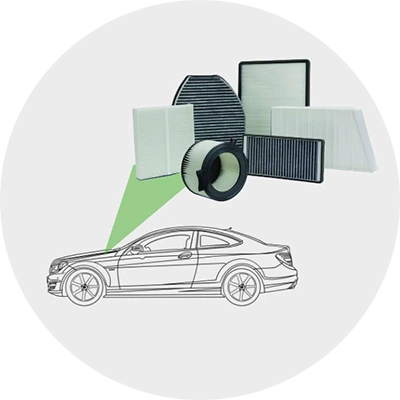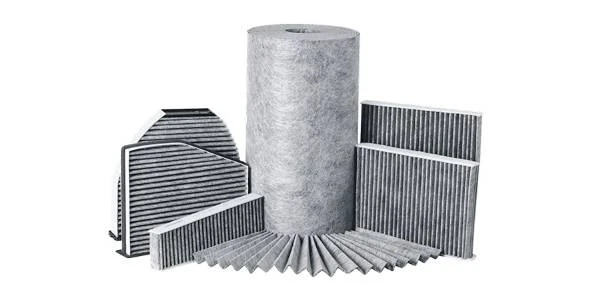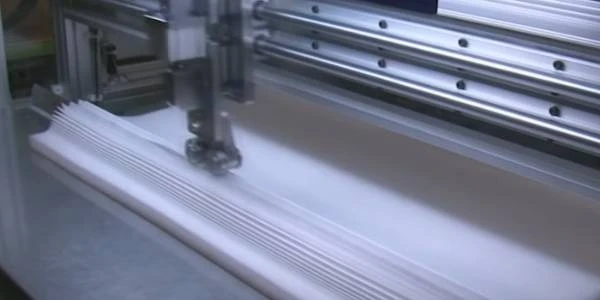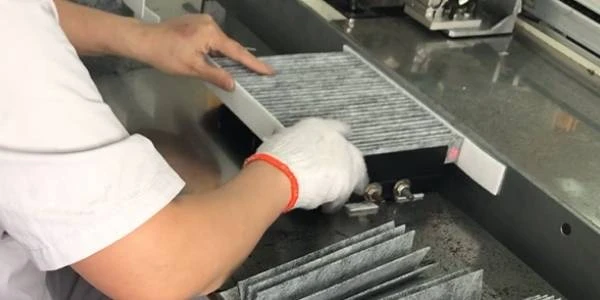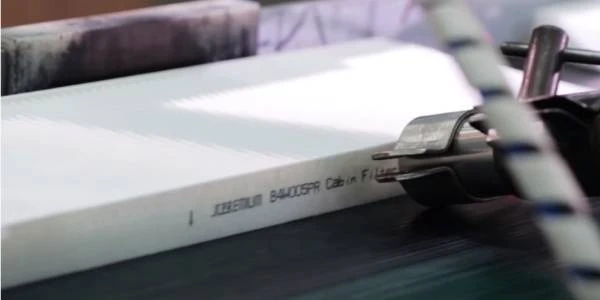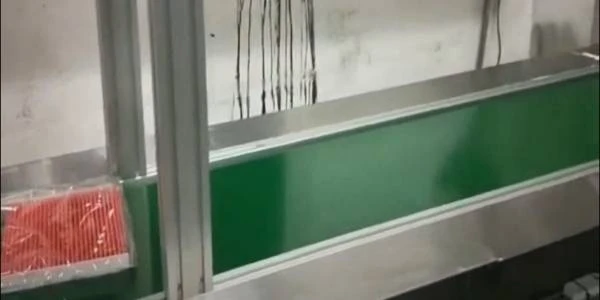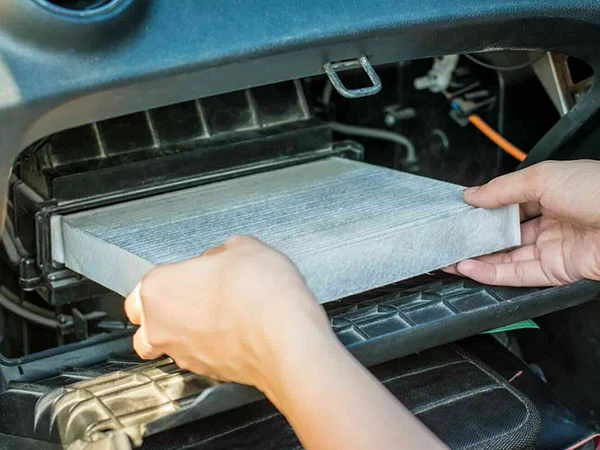Recommendation for OEM Products
- Home
- Filter Material
-
Typical Process
-

Car Air Filter Production Process
-

Truck Air Filter Production Process
-

Cabin Air Filter Production Process
-

Spin-On Fuel & Oil Filter Production Process
-

Eco-Friendly Fuel & Oil Filter Production Process
-

Toyota Car Oil Filter Production Process
-

Toyota Car Fuel Filter Production Process
-

Hydraulic Filter Production Process
-

Dust Collector Filter Bag Production Process
-

Dust Collector Filter Cartridge Production Process
-

Primary, Medium & High-Efficiency Filters Production Process
-
- Industry
- Resources
- About
- Contact
















